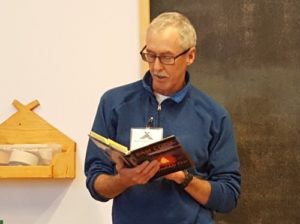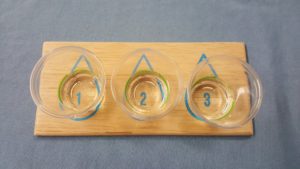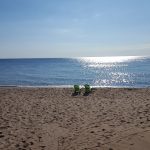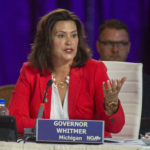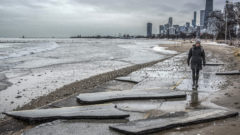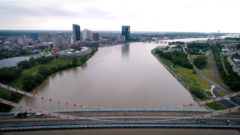Port authority keeps goods moving during COVID-19 crisis
Shipping season on the Great Lakes and St. Lawrence Seaway opened on April 1, so the Windsor Port Authority issued a message Wednesday that it remains fully open for business and fulfilling its vital role during ongoing COVID-19 crisis. Read the full story by Windsor Star.
Great Lakes Commission
https://www.glc.org/dailynews/20200423-port-authority

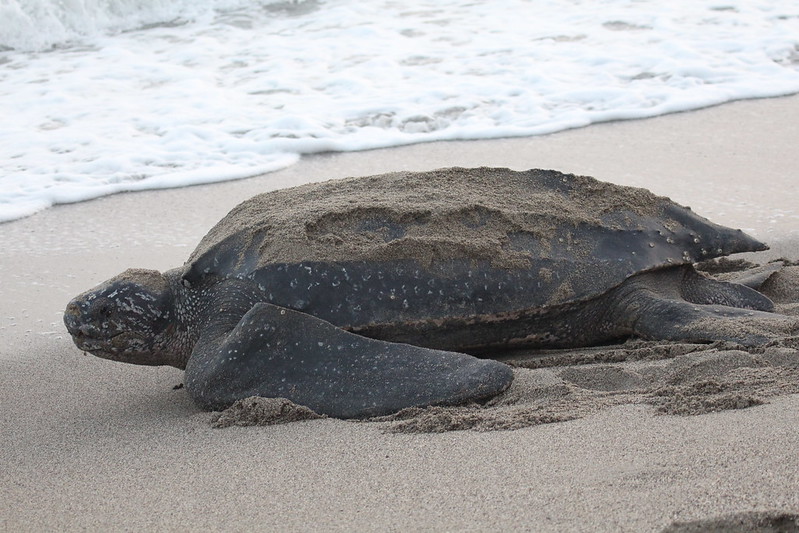
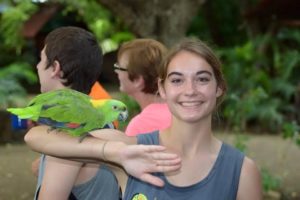
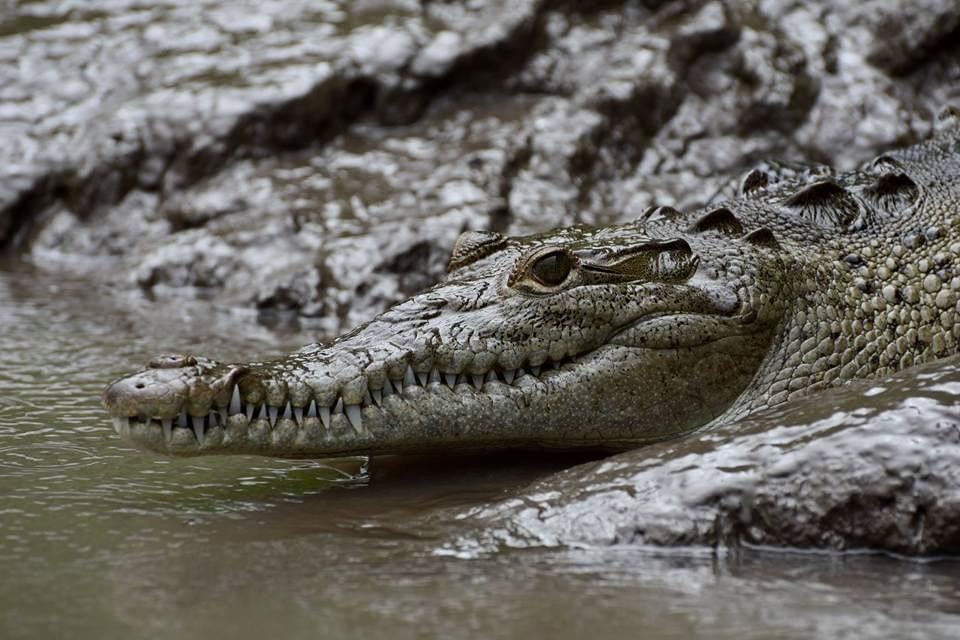
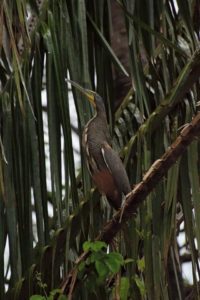
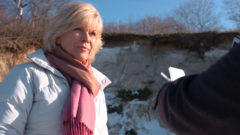
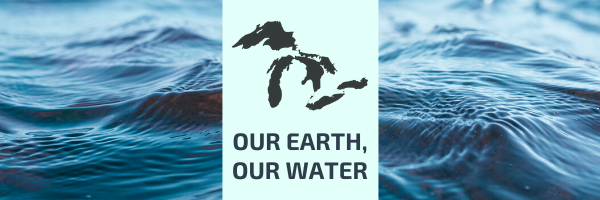

 This was a tournament we offered last year where 16 species competed for the title of “Least Wanted Aquatic Invasive Species in Wisconsin.” The game was widely publicized and was hosted by our AIS staffers. The winner(s)? Zebra and quagga mussels. Read more about the results
This was a tournament we offered last year where 16 species competed for the title of “Least Wanted Aquatic Invasive Species in Wisconsin.” The game was widely publicized and was hosted by our AIS staffers. The winner(s)? Zebra and quagga mussels. Read more about the results 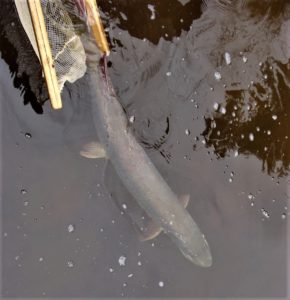
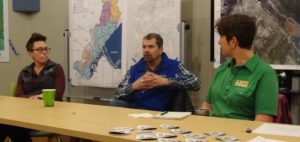 This was another story written by our River Talks student blogger. This talk in the monthly series featured a panel of local urban stream experts: Tiffany Sprague with the University of Minnesota Duluth Natural Resources Research Institute, Andrea Crouse with the city of Superior and Todd Carlson with the city of Duluth. They highlighted the many environmental and lifestyle impacts we have on our urban streams.
This was another story written by our River Talks student blogger. This talk in the monthly series featured a panel of local urban stream experts: Tiffany Sprague with the University of Minnesota Duluth Natural Resources Research Institute, Andrea Crouse with the city of Superior and Todd Carlson with the city of Duluth. They highlighted the many environmental and lifestyle impacts we have on our urban streams.